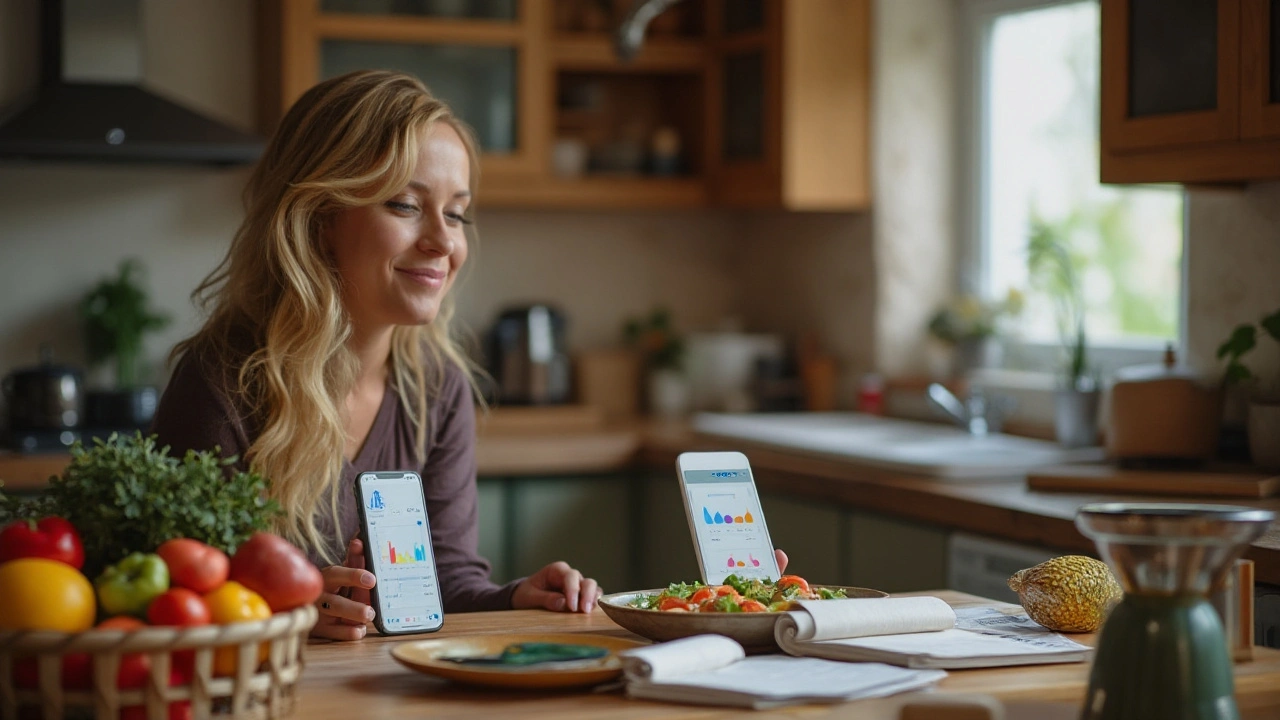Diabetes management — simple, practical steps you can use today
Did you know that small daily habits change blood sugar more than dramatic fixes? If you live with diabetes, the routine you build matters. This guide gives clear, usable actions for checking glucose, using meds safely, eating and moving right, and preventing complications.
Check and react: glucose monitoring that actually helps
Know your targets. A common goal is fasting glucose 80–130 mg/dL and under 180 mg/dL two hours after meals, while A1c goals often sit below 7% for many adults. Use whatever monitoring fits you — fingerstick meters or a continuous glucose monitor (CGM). Log results for a week and look for patterns: high after a certain meal? Low after a workout? Adjust meals, timing, or meds with your clinician based on those patterns. If you get unexplained highs or repeated lows, contact your care team rather than guessing.
Sick days and travel need a plan. Always carry glucose tablets, a fast-acting carb, and ID saying you have diabetes. When you’re sick, check glucose more often and keep fluids up — infections usually raise blood sugar. If vomiting or you can’t keep food down, call your provider; you may need different insulin timing or extra monitoring.
Medications, safety, and buying smart
Take meds exactly as prescribed. For insulin users, practice proper storage: unopened insulin in the fridge, in-use vials or pens kept at room temperature for the time recommended on the label. Never share needles or pens. Know common interactions — steroids, some blood pressure drugs, and certain antibiotics can change glucose. Ask your pharmacist if a new medicine might affect your sugars.
If you order meds online, use verified pharmacies that ask for prescriptions, show a licensed address, and offer pharmacist contact. Avoid sites with rock-bottom prices that don’t require a prescription. Keep records of lot numbers and expiry dates for insulin and other supplies.
Lifestyle matters more than perfection. Aim for 30 minutes of moderate activity most days and spread carbs across meals. Choose whole grains, vegetables, lean protein, and healthy fats. Portion size beats elimination — maintaining steady carbs helps prevent crashes and spikes. If weight loss is a goal, even 5–10% bodyweight often improves glucose control.
Preventive care reduces long-term problems. Get an annual eye exam, foot check, and regular kidney tests (urine microalbumin, creatinine). Keep blood pressure and cholesterol in range — those protect your heart and kidneys. Quit smoking and limit alcohol; both make diabetes harder to manage.
Talk to your team. Use appointments to review glucose logs, adjust meds, and set realistic targets. Small, steady changes win: consistent monitoring, safe medication habits, balanced food, and regular checkups will keep you moving in the right direction.
Harnessing Continuous Glucose Monitoring for Managing Diabetic Gastroparesis
Diabetic gastroparesis, a complex complication of diabetes, often causes unpredictable blood sugar levels due to delayed stomach emptying. Continuous glucose monitoring (CGM) emerges as a promising tool, offering real-time insights that empower patients to better manage their condition. This approach not only helps in keeping a watchful eye on glucose fluctuations but also aids in tailoring personalized dietary and treatment plans. Understanding the benefits of CGM can be pivotal for those managing diabetic gastroparesis effectively.
© 2025. All rights reserved.

